Menininkas: Peter Paul Rubens
stilius: Baroque
Tematika: Royalty
technika: Oil
One of the Marie de' Medici cycle's painting; The Victory at Jülich shows the only military event that the Queen participated in during her regency: the return of Jülich (or Juliers in French) to the Protestant princes. Being a crossing of Ruhr, Juliers was of great strategic importance for France and thus the French victory was chosen to be the glorious subject of Rubens' painting. The scene is rich with symbolism highlighting her heroism and victory. The Queen thrusts her arm high with an assembler's baton in hand. In the upper part of the image Victoria appears crowning her with laurel leaves which is a symbol of victory. Also symbolizing victory is the imperial eagle which can be seen in the distance. The eagle in the sky compels the weaker birds to flee. The Queen is accompanied by a womanly embodiment of what was once thought to be, Fortitude because of the lion beside her. However, the figure is Magnanimity, also referred to as Generosity, because of the riches held in her palm. One of the pieces in her hand is the Queen's treasured strand of pearls. Other figures include Fame and the personification of Austria with her lion. Fame in the right side of the painting pushes air through the trumpet so powerfully that a burst of smoke comes out. In the painting Marie de’ Medici is highly decorated and triumphant after the collapse of a city, she is depicted across a white stallion to demonstrate that, like the departed King Henry IV, she could triumph over rivals in warfare.
Menininkas |
|
|---|---|
muziejų |
|
Leidimai |
Nemokama nekomerciniam naudojimui. Žiūrėkite žemiau. |
Peter Paul Rubens – Labiausiai žiūrimi kūriniai
|
This image (or other media file) is in the public domain because its copyright has expired. However - you may not use this image for commercial purposes and you may not alter the image or remove the watermark. This applies to the United States, Canada, the European Union and those countries with a copyright term of life of the author plus 70 years.
|
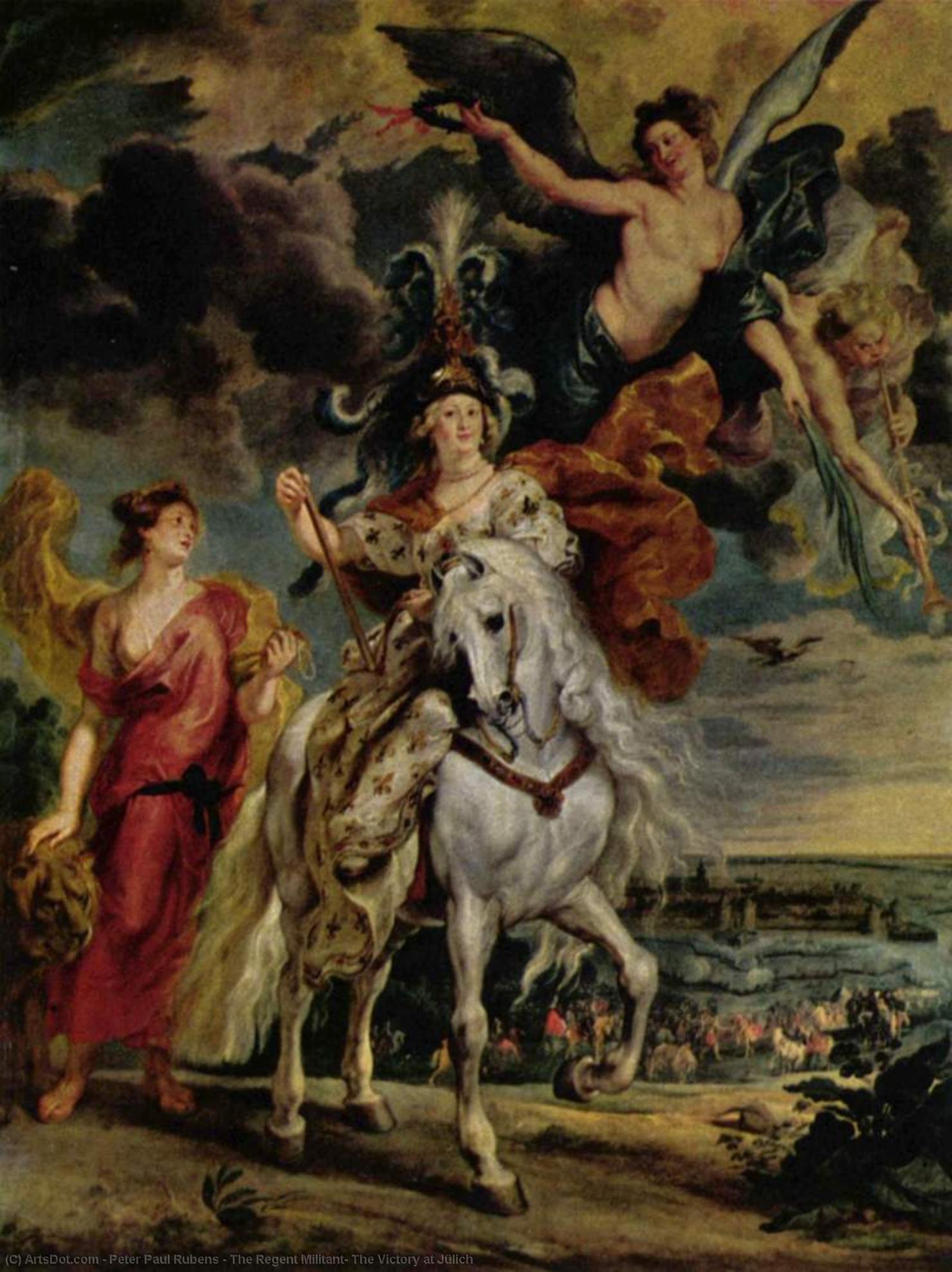
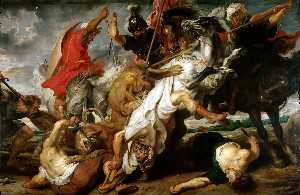
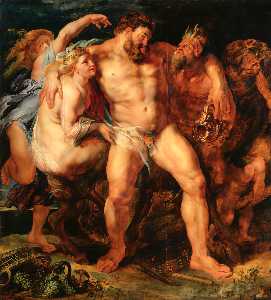






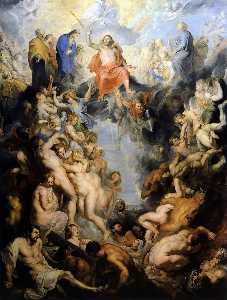
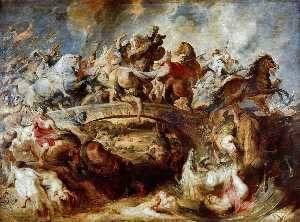
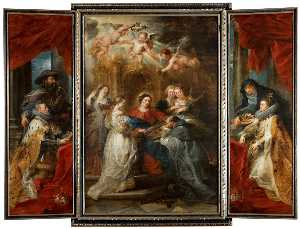
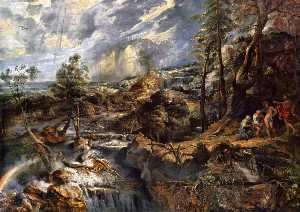
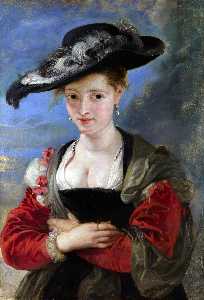
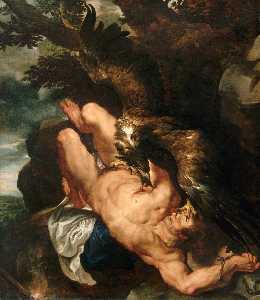
 Note that a few countries have copyright terms longer than 70 years: Mexico has 100 years, Colombia has 80 years, and Guatemala and Samoa have 75 years. This image may
not be in the public domain in these countries, which moreover do not implement the
Note that a few countries have copyright terms longer than 70 years: Mexico has 100 years, Colombia has 80 years, and Guatemala and Samoa have 75 years. This image may
not be in the public domain in these countries, which moreover do not implement the